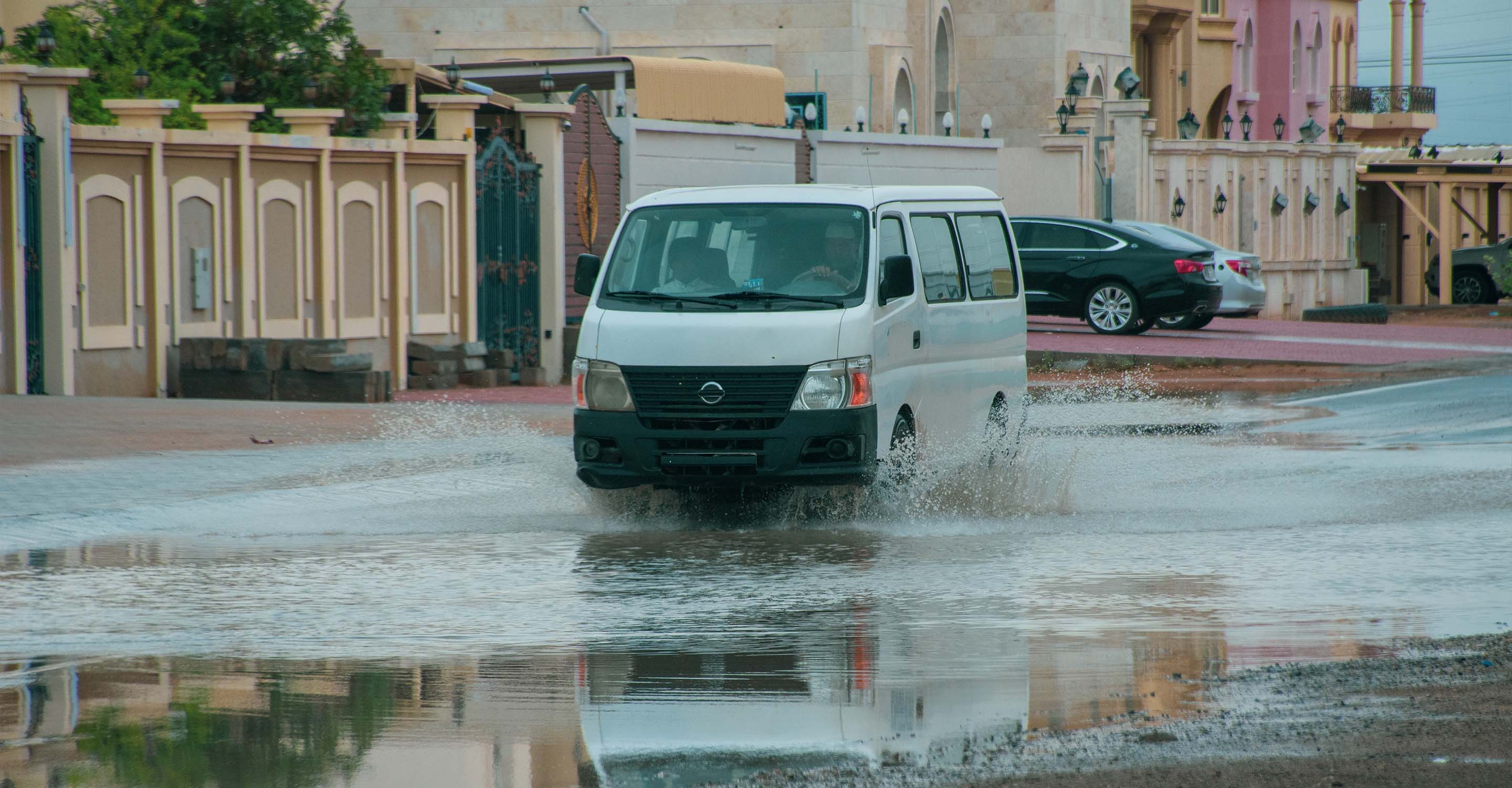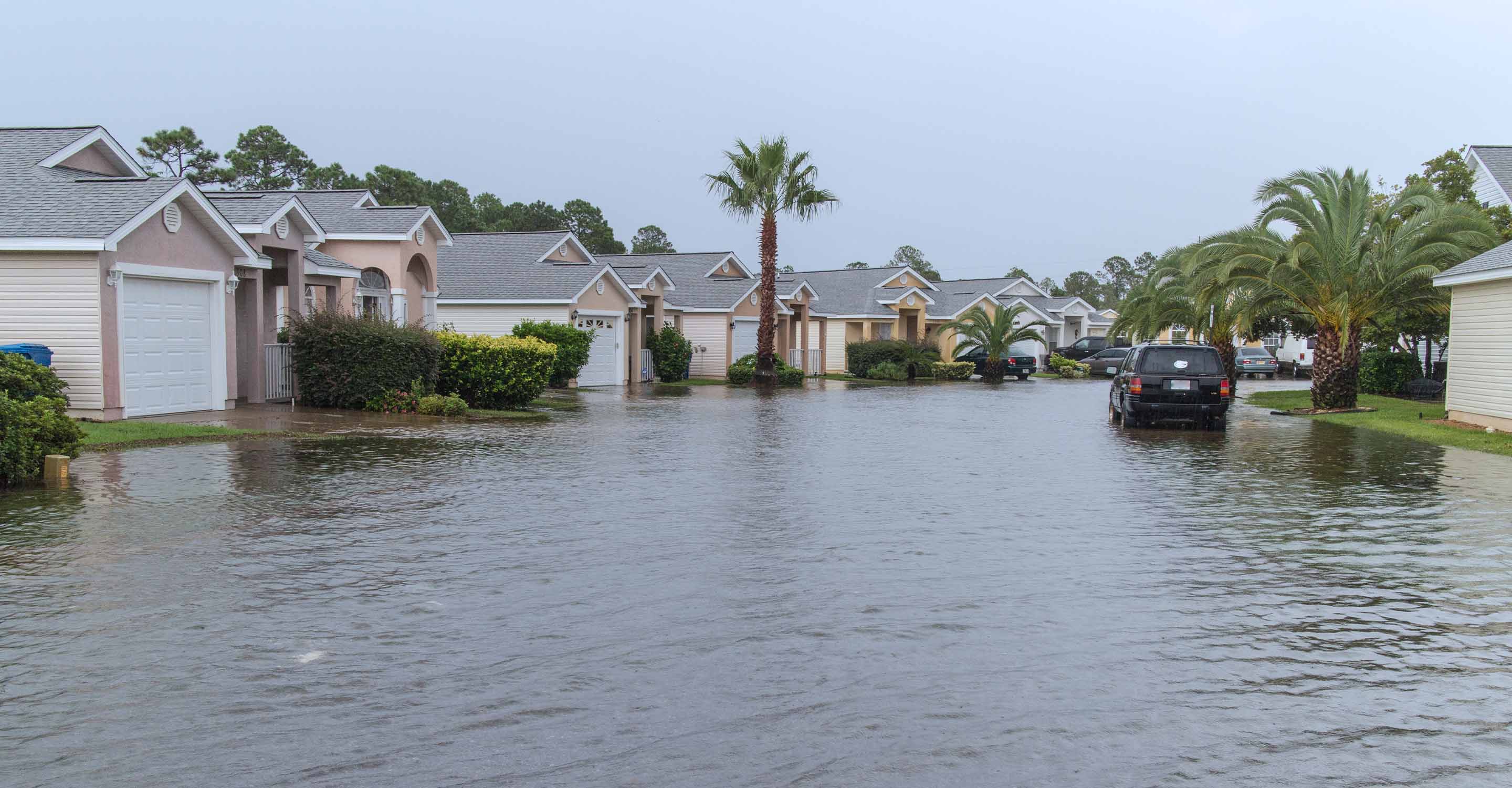Chennai air quality map
Live air pollution map of Chennai
82.3K people follow this city
Full screen
Contributors
1
Stations
1
Contributors category
1
Government
0
Non-profit organization
0
Educational
0
Corporate
0
Individual
0
Anonymous
Most polluted air quality stations
| # | station | US AQI |
|---|---|---|
| 1 | US Consulate in Chennai | 37 |
community highlight
Chennai most followed contributors
Health Recommendations
| Enjoy outdoor activities | |
| Open your windows to bring clean, fresh air indoors GET A MONITOR |
Become a contributor
Get an AirVisual Outdoor and contribute to collecting millions of data points for the Chennai map to track local air pollution
Understand air pollution and protect yourself
Chennai MAP AIR QUALITY ANALYSIS AND STATISTICS
Does the air quality map for Chennai indicate the current level of air pollution?
The first thing a user will notice when looking at the air quality map for Chennai are the various coloured discs. These discs represent an air monitoring station and the cleanliness of the air is reflected in the colour of the disc. The cleanest air is represented by a pale green colour and the colour gets darker from yellow to orange to red to purple as the air quality decreases until a maroon colour is seen which represents hazardous quality air. In the centre of the disc, you will see a number. This is the US AQI number which indicates the level of pollution. This number is internationally recognised and is endorsed by the World Health Organisation (WHO). It is used when comparing cities throughout the world when studying air pollution.
What other information can be gleaned from the air pollution map for Chennai?
When the air pollution map for Chennai is opened in full-screen mode, a legend can be seen on the left-hand side of the screen. This shows the user where the stations are located, the location of any wildfires which may be burning in the vicinity, (the larger the icon, the bigger the fire) the air quality and the direction of the prevailing winds. This is particularly useful when read in conjunction with the position of wildfires. At the present time, there are over 10 fires burning that appear on the map but the wind is blowing in such a way that the smoke will be carried away from Chennai. The closest fire is just 13 kilometres away.
On the right-hand side of the map, a world AQI ranking can be seen which can be explored further by expanding the data at the bottom of the table.
Does the air pollution map for Chennai indicate where the worst air quality is?
The position of the darker coloured discs will indicate where the air quality is at its worst. The higher the number, the poorer the quality. The darker colours also give the same indication. Just below the map are more details as to the number of stations and contributors there are. It also gives basic information as to who is responsible for the stations. Scrolling down will show a table where the most polluted air quality stations are. Again, this is shown through the use of the standard colours and also their US AQI number. The background hue is also reflective of the overall air quality.
Is any other information available on the air quality map for Chennai?
Those who know the area may recognise some of the industrial zones because of the darker colours shown on the discs.
These zones tend to be towards the edges of the city as they were created in order to try to keep the air clean in the residential areas within the city centre. This is not always the case though as there are inevitably some units close to the city that have been there for many years. Some of these older factories are encouraged to move to the industrial zones outside the city centre which also means that their staff no longer need to travel in the city centre so which reduces traffic pollution too.
What is the real situation of the air pollution map in Chennai?
According to a report by Greenpeace, in 2021, the level of air pollution in Chennai exceeded the recommended level by more than five times. In the report which was published in January 2022, the average value of PM2.5 was 27 µg/m³ which was well above the recommended limit of 5 µg/m³.
The biggest contributor to deteriorating air quality is the burning of fossil fuels in whatever capacity.
Chennai is part of the Centre's 'Million-Plus City' plan, which has around 30 cities. However, the plan has a serious problem in identifying the sources of pollution. It generally classifies the sources of pollution as vehicles, construction or road dust. Identifying the exact source of pollution will help in better enforcement of pollution norms. But as previously stated, fossil fuel plays a major role in air pollution.
The burning of waste can be avoided by ensuring source segregation and composting of biodegradable waste. Second, it should not allow 'waste to energy', 'pyrolysis', or incineration for burning in cement kilns. Such enterprises burn waste and dump ash and sludge into the air, water and land. However, these are actions at the end of the pipeline. What we need is for the government to reduce petrochemical production and stop manufacturing and use of single-use plastics.
What is PM2.5 so often seen on the air pollution map of Chennai?
PM2.5 refers to particulate matter smaller than 2.5 micrometres in diameter, it causes respiratory problems and also reduces visibility. The particles present in the air are so small that you cannot even see with the naked eye. Some particles are so small that they can only be detected using an electron microscope. Particle pollution includes PM2.5 and PM10 which are very dangerous. It is an endocrine disruptor that can affect insulin secretion and insulin sensitivity, thus leading to diabetes.
Particulate matter is of various sizes and can be caused by both human and natural sources. Sources can be primary and secondary. Primary sources include automobile emissions, dust and cooking smoke. The secondary source of pollution can be a complex reaction of chemicals such as sulphur dioxide and nitrogen oxides. These particles mix in the air and pollute it. Apart from these, forest fires, wood burning stoves, agricultural burning, smoke from industry, dust generated by construction works, air pollution etc. are other sources.
Both PM2.5 and PM10 particles are so small that you cannot see through your naked eye and they act as gas. When you breathe in, these particles go into your lungs, which can lead to cough and asthma attacks. High blood pressure becomes the risk of many serious diseases like heart attack, stroke and many more, it can also result in premature death. Do you know that when the level of PM2.5 is high, the haze increases and the clear vision also decreases? Children and the elderly have the worst effect of increasing the level of these particles in the air.
Chennai air quality data attribution
1Contributor
 U.S. Department of State
U.S. Department of State1 station
Government Contributor
2 Data sources








